Funny and unusual urinals
Although there are numerous models of sinks, toilets, and urinals available on the market, it cannot be denied that these devices differ in details. Of course, there are larger, smaller, rectangular or circular models among them, but at first glance, it is clear that they have a lot in common. However, it turns out that even something as ordinary as a urinal can be of great interest to designers and even artists, who regularly present new, creative variations of these types of devices to the world. We can most often find them in museums, clubs, or public toilets. What unusual, funny, or simply intriguing urinals have gained popularity in recent years?
Where men walk on foot
Easily accessible public urinals are one of the key issues when it comes to maintaining cleanliness in public spaces. The lack of them is a major problem. Sometimes you can visit a shopping mall or a restaurant; however, in practice, even in the center of a big city, we may not have the opportunity to use a bathroom. And even if there is a public toilet or urinal somewhere, they are cleverly hidden in the corners of parks or squares; as a result, information about their existence reaches only a few people.
In practice, this means that many men give up on looking for a designated place and satisfy their needs in a public place. This is a huge problem, especially for tourist cities. An example of this is Amsterdam or Paris, where urinating on trees, in water, and even on monuments has become a common occurrence. That is why these cities have started to introduce intriguing solutions in public places, such as unconventional urinals. The good news is that more and more cities are recognizing the problem of low availability of toilets and are making efforts to solve it.
Toilets in public places often have a very ordinary appearance - in parks or other similar places, a creatively designed bathroom catches the eye. However, the internet is circulating photos of increasingly common solutions, where the term "white installation" seems completely out of place. Depending on the location and the designer, they can resemble works of art or not even be associated with a toilet at all.
Creative urinals
Unusual urinals can be found not only in public restrooms. Often, there is no indication that when entering a bathroom in an art gallery or club, we will encounter an element that can easily be mistaken for a sculpture (although since Duchamp's "Fountain", even a very ordinary urinal can become a work of art).
An example of such a urinal, whose photos have circulated around the world, causing a scandal, are those "decorating" the walls of the bathroom in the German Lüchow museum dedicated to The Rolling Stones. "Kisses! Urinal", as the urinal designed by Dutch artist Meike van Schijndel is called, looks like... red, parted lips.
This project has outraged many people who have noticed that the concept of combining the satisfaction of physiological and feminine needs is something that should not be tolerated in today's times. At the same time, the author points out that her project is inspired by the iconic logo of the band. This, in turn, is a graphic representation of the distinctive, prominent lips of its frontman, Mick Jagger?
Another creative approach to urinals is the ones that recently appeared in Paris. They take the form of red boxes filled with straw. They are not covered with any lid; instead, flowers are planted in the top part. Their design is somewhat reminiscent of compost bins - in practice, they serve a similar function. Their supporters point out the unique possibilities they offer - maintaining greenery in public places while reducing water consumption and promoting the idea of composting. The straw inside the boxes is used to fertilize the lawns of Paris.
Photos of unusual urinals in public spaces
However, Parisian "compost bins" are not the only examples of urinals with an unusual form that can be found in European cities.
In the most popular areas for tourists and partygoers in London and Amsterdam, you can come across portable, open urinals set directly on the streets in the evenings. They are installed in the evening hours and removed in the morning, only to return to the same spot the next night.
Other interesting urinals in public places in Amsterdam are hidden inside metal structures in the shape of spirals. Their design is reminiscent of public toilets from pre-war times, making them blend in well with the historic landscape of the city.
In the Netherlands, a public urinal for women has also been designed; its structure and height make it easy and safe for ladies to use a public toilet.
Photos of urinals with unusual shapes or located in creatively designed toilets catch our attention. Although some may find it amusing or even strange to create functional works of art with such a mundane purpose, they certainly draw attention to the current problem in Poland of insufficient number of publicly accessible toilets. This gives us hope that the situation will improve in the future.

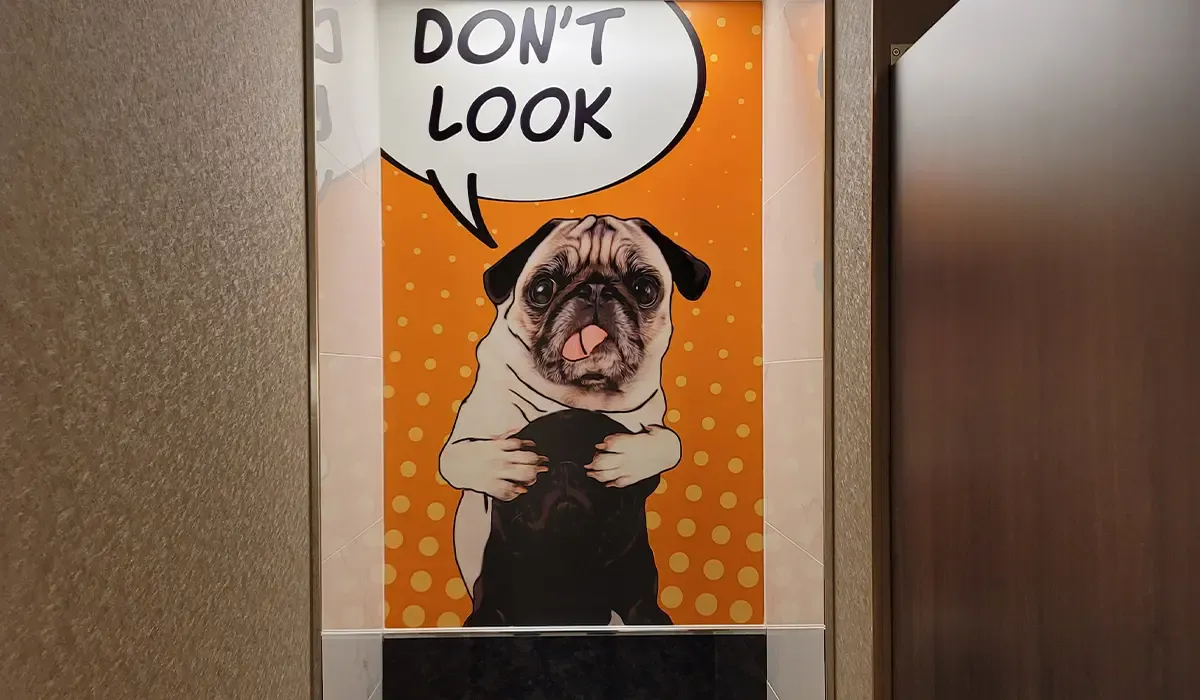
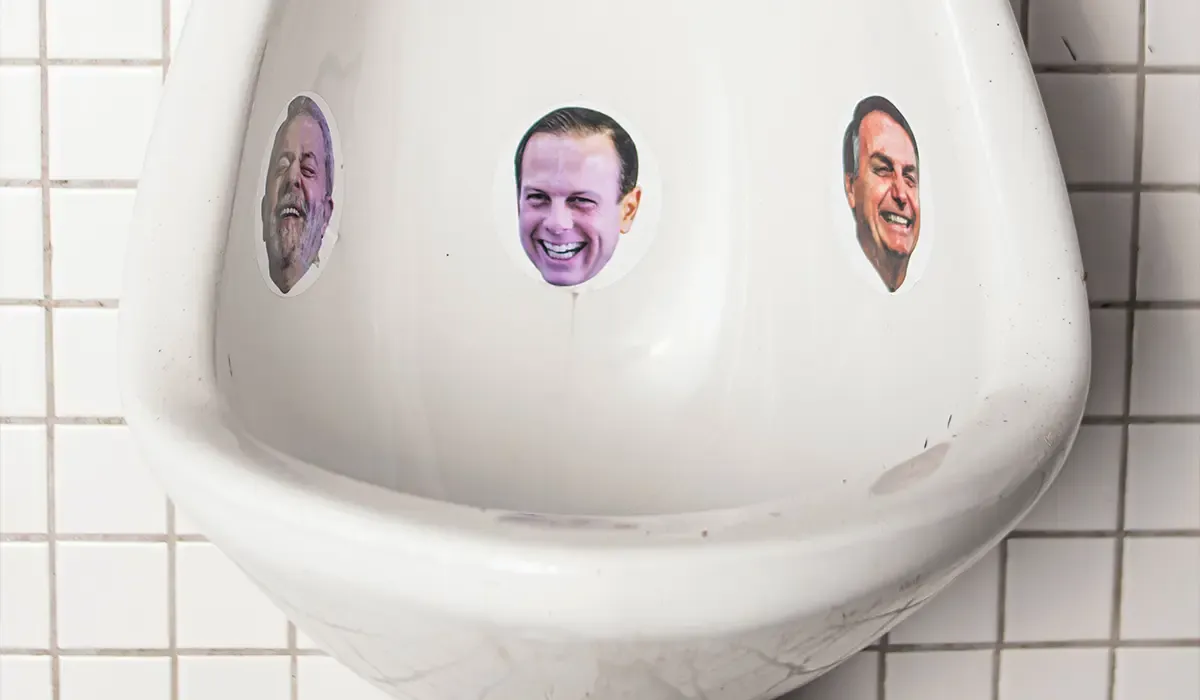
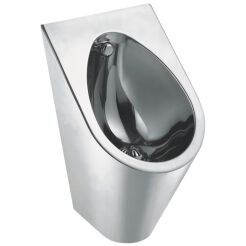
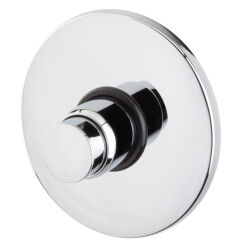
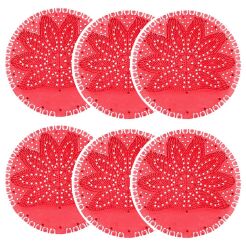


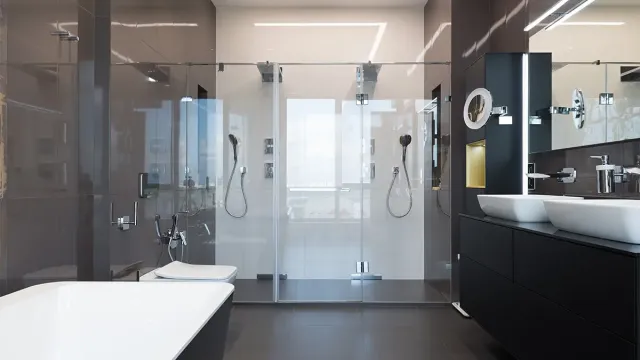

 Polski
Polski
 Český
Český
 Deutsch
Deutsch
 Spanish
Spanish
 French
French
 Italian
Italian